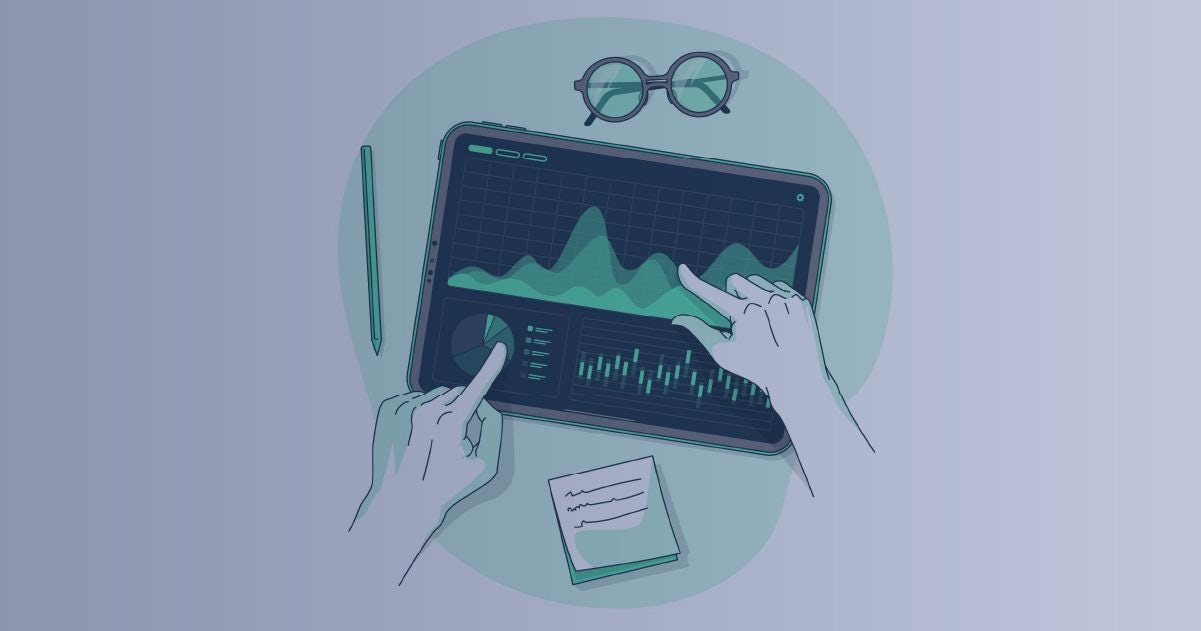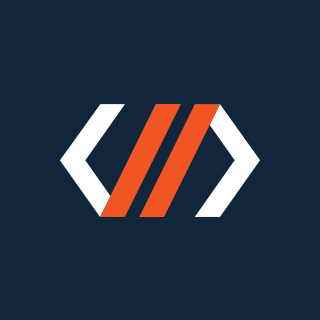Predictive analytics is required for understanding the natural world and making accurate predictions about it. It is a data-driven approach that studies how a company and its environment interact as a system. And how can it influence its surroundings to achieve set goals.
There are clear parallels between how data is collected, curated, analyzed, and ultimately modeled and how any science constructs a body of knowledge and lays the groundwork for increasingly complex observations and predictions.
Let's take a look at predictive analytics and how it works, along with some industry examples.
Table of contents:
- Predictive analytics: what is it?
- 7 real-world predictive analytics applications
- Predictive analysis for business
- Final thoughts on predictive modeling techniques
Predictive analytics: what is it?
Predictive analytics is a scientific forecasting method that attempts to identify future events [or simply; assess the likelihood of outcomes]. The majority of predictive analytics models rely on data collected over time and include variables. As a matter of fact, historical data is essential for identifying patterns and trends in this approach.
Predictive analytics models include classification models, clustering models, forecasting models, time series models, and many more. They combine pre-collected data with strong computer modeling, data analysis, and machine learning to identify correlations between specific variables in order to forecast future trends. Data analyst typically begins with the most relevant and large amount of data available and search for repeating patterns that allow predictive models to produce reliable forecasts.
In fact, companies can use predictive analytics to test new approaches for driving customer conversions and sales statistics while lowering the risk of trying new methods and strategies. This is possible due to a massive amount of customer data flowing in from website usage, product ordering, and other sources forecasts that will only become more accurate as the Big Data era progresses.
To summarize this chapter, keep in mind that predictive analysis, which uses data-driven forecasts, helps businesses anticipate the potential outcomes of strategy changes. They are all based on historical data that has been organized in a variety of ways to forecast future values.
Let us now move on to the actual use cases.
7 real-world predictive analytics applications
By processing previous consumer data using strong analytical software, predictive analytics has assisted many known brands (i.e., Netflix, Amazon, and Walmart)as a critical tool for guiding strategies and making smarter, more cost-effective decisions for the future. It can be used in a variety of ways to optimize business-critical operations; some popular applications include:
Fraud detection
To identify threats, predictive models can detect system anomalies and unusual behavior. It can be fed historical data on cyberattacks and fraud scenarios to warn personnel of similar behavior and prevent hackers and vulnerabilities from infiltrating the system. It may also aid in the detection of everything money-risk-related, from insurance fraud to predicting credit risk, as well as the identification of patterns in high-crime areas.
Virtual personal assistants
Siri, Ok Google, and Alexa improve the customer experience by learning from interactions and predicting the customer's response. As the bots are self-learning due to their use of the deep learning component, they allow businesses to better manage customers without hiring large support staff.
Risk assessment
Predictive analytics assists in risk identification and management by applying machine learning algorithms to aggregated data sets to uncover patterns, correlations, and vulnerabilities, as well as map changes within any given industry. With this information, business leaders can take precautionary measures to avoid potential operational risks.
Medical diagnosis
Predictive analytics models help to understand diseases by providing an accurate diagnosis based on historical data. For example, healthcare providers can use it to identify which patients are at risk of developing certain conditions, such as arthritis, diabetes, and asthma. Hence, healthcare providers will be able to provide even more personalized care.
Predicting purchase behavior
Predictive analytics enables greater personalization and more targeted marketing campaigns by analyzing consumer activity across multiple channels and reviewing customer purchase history and preferences (hence, suggesting even more tailored content). It aids in the development of a more detailed, personalized understanding of customers.
Equipment maintenance
Equipment failure can endanger human lives and result in significant financial losses for the company. By combining machinery and IoT components, it would be possible to alert personnel in advance and avoid costly breakdowns.
Sales improvement
Companies can use machine learning algorithms on purchase data to predict how customers will respond to various upsell or cross-sell offers.
Predictive analysis for business
Today's businesses require predictions in order to build better products, identify new ways to serve the market, and reduce operational costs. Predictive analytics meets these requirements by combining machine learning and business intelligence to forecast future outcomes.
The method is especially useful for running "what if?" scenarios that affect customer retention and support multi-factor decisions. Think of streaming services like Netflix, which offer product recommendations to their customers based on a combination of previous purchases and the preferences of a comparable cohort, thereby improving both the consumer experience and sales numbers.
And, as an organization builds a data and forecasting foundation, the returns on its predictive analytics investment multiply, especially when combined with a corresponding effort to automate workflows developed by its analytics team. Automation reduces the cost of prediction while also increasing the frequency with which new predictions can be generated, allowing analytics teams to pursue new leads for continuous innovation.
Hence, keep in mind, that predictive analytics enables businesses to better plan, anticipate, and achieve desired outcomes by leveraging data. Naming a few, organizations can use predictive analytics to:
- Obtain a 360-degree view of the customer based on previous and current behavior.
- Determine which customers are the most profitable.
- Optimize marketing campaigns so that they are more personalized for each customer.
- Estimate future demand for various products and services
- Increase your risk management proactivity.
- Allocate resources strategically in order to maximize returns.
- Keep up with the latest trends to gain a competitive advantage.
To use predictive analytics, a company must first define a business goal, such as increasing revenue, optimizing operations, or improving customer engagement. The organization can then use the appropriate software solution to sort through massive amounts of heterogeneous data, develop predictive analytics models, and generate actionable insights in support of that goal.
Final thoughts on predictive modeling techniques
Advanced predictive analytics techniques are now widely used in business, allowing organizations to use big data to anticipate risks and opportunities. Firms can use predictive analytics software instead of guesswork to build a model that anticipates a likely situation based on historical data and powered by computer computations.
With predictive analytics usage expected to rise in the coming years, organizations that do not leverage their own data risk falling behind prediction-powered competitors. And when used at the corporate level, it can lead to happier, more engaged customers and a more appealing bottom line – benefits that early adopters are already reaping.
While incorporating predictive analytics into existing operations has immediate benefits, the benefits do not stop there. So, if your company wants to grow, save money, and improve operational efficiency, you should incorporate predictive analytics into your business strategy to capitalize on the significant power of prediction ahead of your competitors – now is the time to stop thinking and start acting.

